As much as I love vintage horns, I am always cognizant of the fact that when I buy a new to me horn, I need to know a few important things. I want to make sure that I am aware of its condition, and that I know what kind of tuning it has. Specifically, is the horn low pitch (LP) or high pitch (HP)?
For a horn to be useful in today’s modern musical environments, it has to be tuned to 440, meaning it is a LP sax. If it’s not, then I’m probably not going to buy it.
American horn manufacturers often stamped their horns with LP or HP markings, to indicate what kind of tuning the instrument had. However, this was not a universal designation.
Some of the most beautiful, vintage, German saxophones ever made were the G.H. Hüller horns. However, their tuning was marked with either 870 or 880.
A sax marked with 880 can be played with modern musical instruments, while an 870 can’t be. And that brings me to my shiny horn of the day, that while pretty, won’t be useful as your everyday saxophone.
A dealer in Germany is selling a silver plated, G.H. Hüller alto saxophone. Looking at the photos, it is obvious that the seller is not a saxophone player, and quite likely not even a musician.
Source: A-Z-Shoppen
This gorgeous alto has not only a microtuner, G# and D/D# trill keys, and a fork Eb, but it also has the D resonance key, to help with the stuffiness of the D2. Unfortunately it also has something else: “French Standard Pitch”, which was adopted in 1859, and officially discarded in 1939.¹
Here is how this seller describes this gorgeous instrument:
Alt-Saxophon G.H.Hüller Schöneck i.V versilbert
Alt aber im guten Zustand.
Auf dem Instrument gibt es einige Nummern. Hals 870, 38898 und D.R.G.M. 107308.
Sehen sie sich bitte die Bilder an, sie sind vom angebotenem Artikel.
Zustand: Gebraucht, dem Alter entsprechend gut.
Lieferung mit altem Holzkoffer, starke Gebrauchsspuren.
Helen Translate says…
Alto saxophone G.H.Hüller Schöneck i.V silver plated
Old, but in good condition.
There are a few numbers on the instrument. On the neck 870, [emphasis added] 38898 D.R.G.M. 107308.
Please look at the photos, they are of the article being offered.
Condition: Used, good given its age.
Will be shipped with old wooden case, which has obvious signs of heavy use.
The number 870 on the neck, indicates this saxophone’s tuning as being “French Standard Pitch”.
Source: A-Z-Shoppen
This very pretty horn comes with a hefty price tag. A-Z-Shoppen is asking €789.00 for this horn with antiquated pitch. According to xe.com, that is $1,027.41 US at the time of writing.
A-Z-Shoppen won’t sell to anyone outside of Germany, so their chances of selling this to an unsuspecting North American buyer are slim to none. Nevertheless, this is a good warning to people who are just thinking to getting into the vintage horn market.
Be aware of what you’re getting. Do your homework ahead of time. Only buy a horn with non-standard tuning if you’re playing in a orchestra or ensemble that is all tuned the same way. For example, I know of a gentleman who put together a HP saxophone ensemble.
While lots of closet horns pop up regularly on auctions and other online sites, be aware that those horns sometimes ended up in the closet for a reason.
_________________________________________________

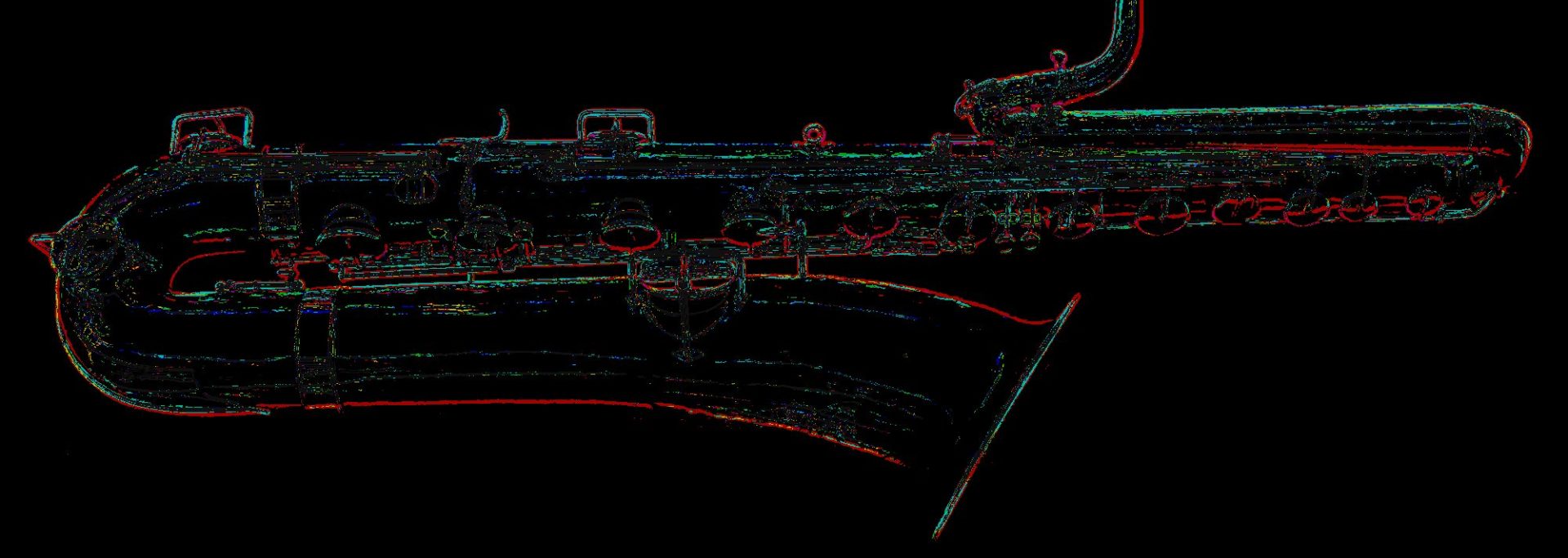


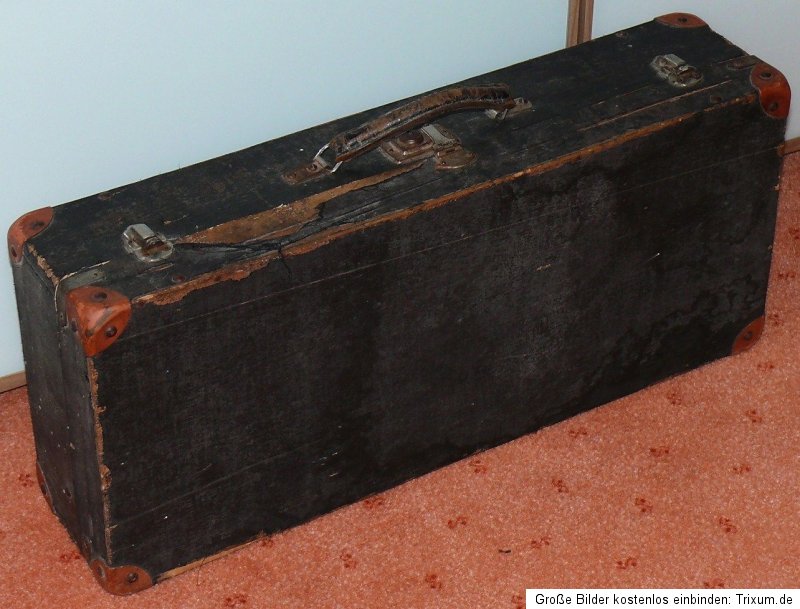
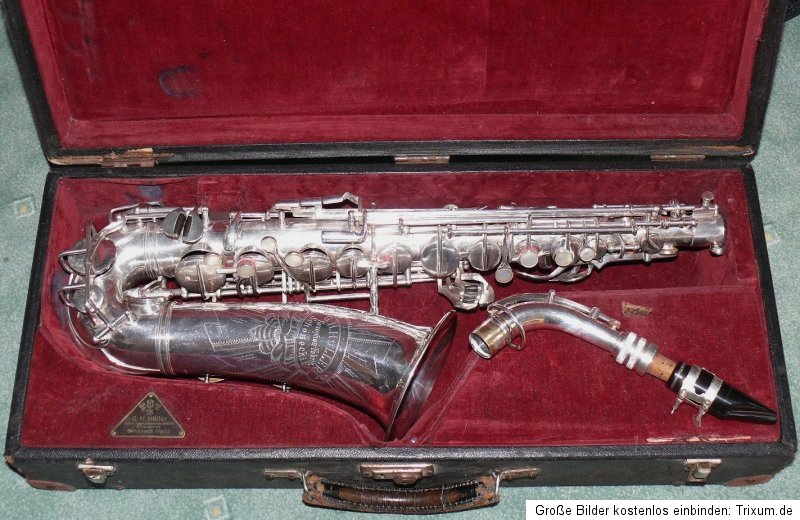

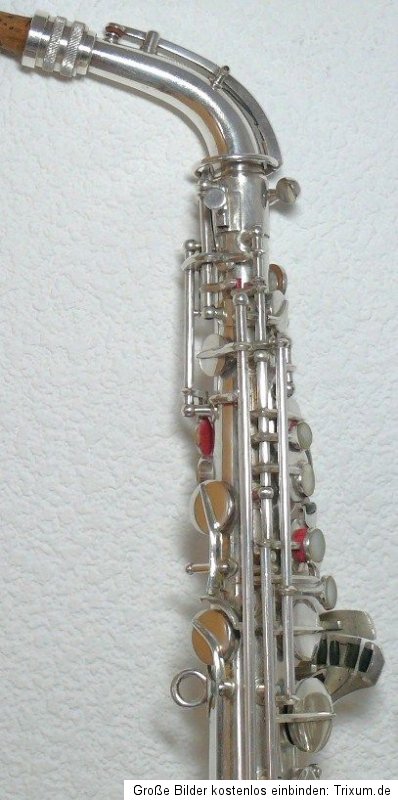
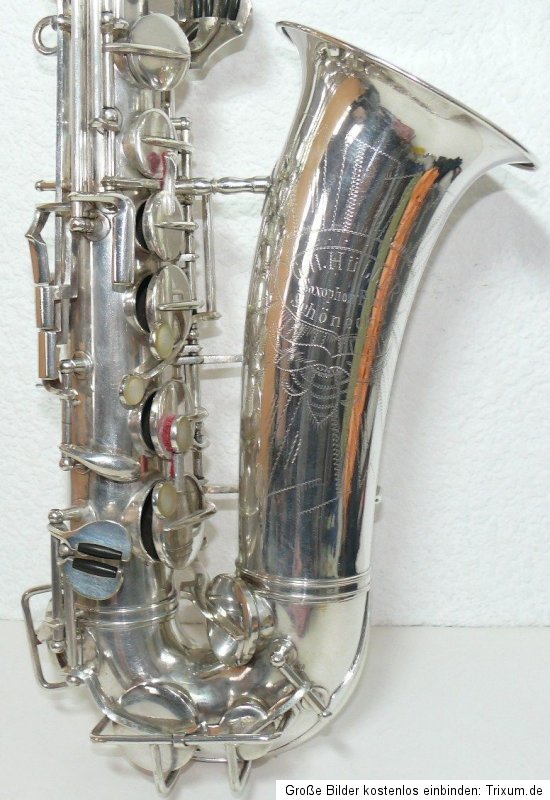

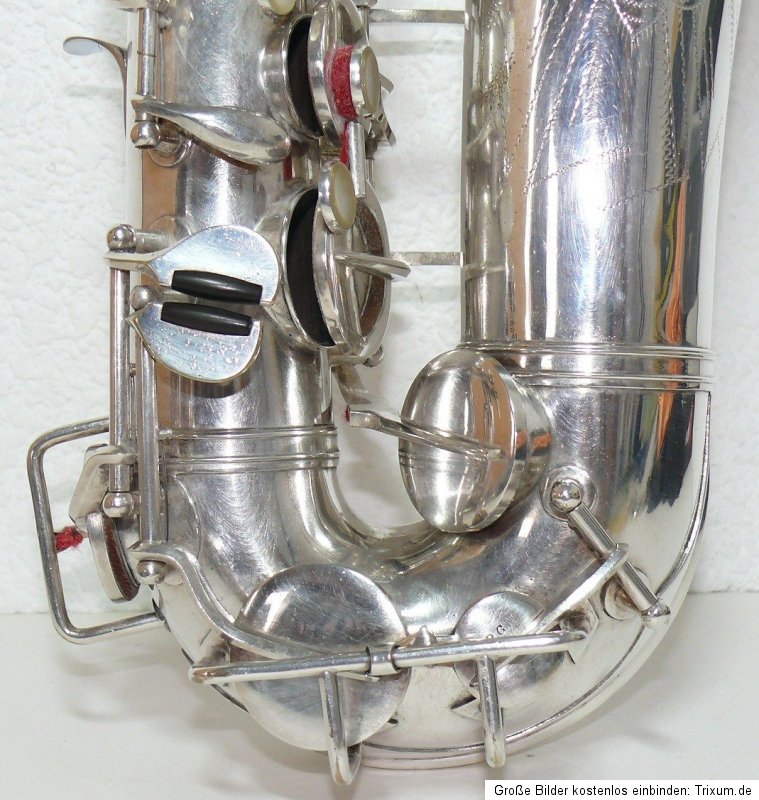

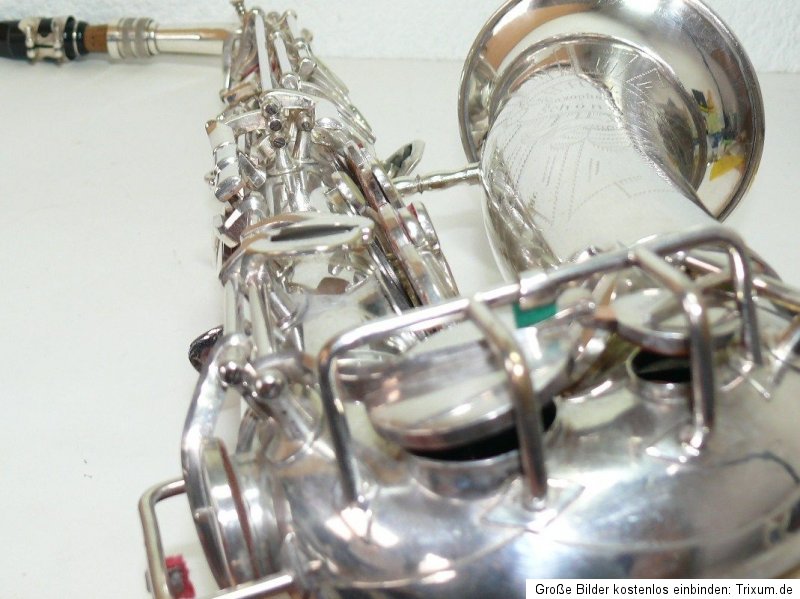
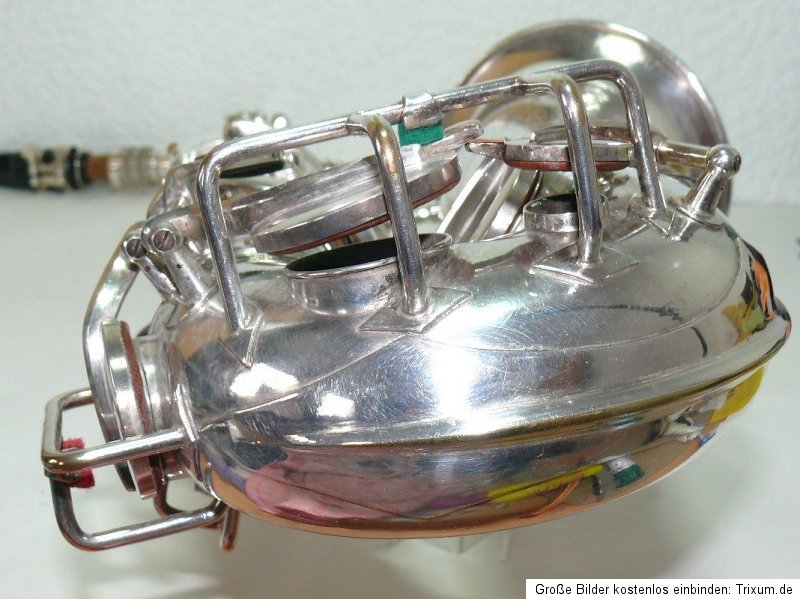
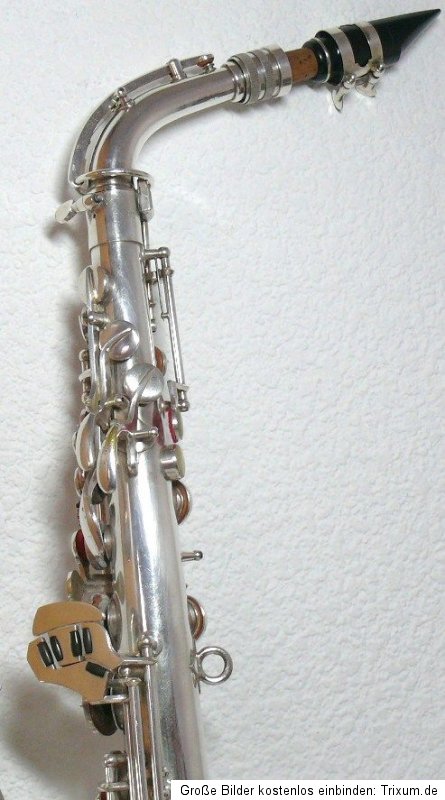




Hi Helen,
Here is another 870 Hz horn.
http://www.ebay.de/itm/Saxophon-G-H-Huller-nr-870/162663474674?hash=item25df7fa5f2%3Ag%3Avi0AAOSwh7tZsXNr
The lower text on the front is probably “modell Ar tist”.
Update… Again…. Well I suspect the owner of this horn might have eventually given up, or sold it privately. After listing it weekly since the beginning of the year with no buyers (eBay does charge for listing, doesn’t it?), the auction the ended on April 6, 2013 says the following:
In English this means:
It is worth noting that final auction price was a whole €140 less than the original one. Yup, the last asking price was €649.00. That’s still a lot of money for a French standard pitch sax (A=435hz).
Update: Umpteen re-listings later, and it’s still for sale. At what point do you give up, and finally drop the price? I mean seriously drop the price, and not €40?
The current auction with a BIN price of €749 ends on January 7. My prediction? Still no buyers.
… But it is a beautiful horn.
I know, from experience, that you can relatively easily play an A=440hz (low pitch, modern) as an A=442hz instrument (modern “orchestral” pitch used in France), provided you’ve got a good ear or if you’re like me and you play with an electronic tuner to make sure. It’d be an interesting exercise to see how difficult it is to play an A=435hz horn at A=440hz, because that’s just slightly more of a jump. Not that I’d want to pay $1000 for the experience, though.
The Conn high pitch instruments were A=457hz. That’s almost a 1/2 step higher than A=440hz, so it’d be more than a little challenging to play. Some people attempt to convert a high pitch horn by changing the neck length, using “false fingerings” and other stuff. It doesn’t work.
The fun thing is that Conn probably made many high pitch New Wonder horns that had the Virtuoso Deluxe finish: heavy gold plate, custom engraving, and extra pearl keytouches. If I had one of those, I’d probably try to work it into a solo set or something, just to get the thing some playing time. (This wouldn’t happen to me, though: I’ve played enough New Wonders to know I don’t like them and they don’t like me. :mrgreen:)
I can tell you, it’s no problem at all to tune in from 435 to 440hz, especially on a Huller, with the original mouthpiece. It’s a lot more flexible than the modern standard saxophones.
This is a great advice!
My Alto Conn, I bought in an auction had an “E” over the serial number 338463 and an “L” under it.
That indicates is an e flat instrument from 1950 (not rolled tone holes) and the “L” indicates is a low pitch…..
I got it for $720, it might have be a little hight, but that because they were five offers from US…..
The horn is being fixed with original meso pads right now…for an additional $200 (not all the pads are being changed)
Considering the final price, and the quality of the sound you can get from this instrument, I believe, the price is on the range of a student model (not Yamaha or Yanagisawa, but other) of mass production. From the investors point of view, I think I made business: vintage horns will be in the hight in the next years regarding the mass production new brands invading the market.
From the players point of view, this instrument impose respect in the gigs as well in the class: I literally saw distiguished professors cropping out students because they were using bad intonation or obcure brand horns.
As a general rule: you don’t pursue sax classes with a reputable master with a bad intonation horn (or unknown brand as well)
My Conn 6M has been my main jazz alto ever since I bought it in a pawn shop 8 years ago. It knocked my Mark VI into the position of back-up horn. What will happen once I get my Hohner all set up to my liking is yet to be seen. Also, I’m getting my Toneking restored. At this point I’m planning on using the Toneking in my blues work, and the Hohner in jazz. But I suspect the 6M will be a tough horn to unseat. Right now I’m not playing in a jazz band, so I’m really more interested in what horn will sound best for electric blues.
That’s the one good thing about the economy right now. Picking up horns is fairly easy, because unless you’re looking for a Mark VI, prices are very low. Compared to what I would have 4 or 5 years ago, I find I’m spending about 1/2 of what I would have on a high quality, low mileage, vintage horn.
It would be interesting to know how university instructors are seeing the current crop new instruments. Back when dinosaurs walked the earth—read when I went to university—we had to have certain brands of horns. That’s why I had to get rid of my original Super 20 and get my first Mark VI. Now, I wonder. I can’t imagine that students are being told: Ditch that Asian horn, and buy brand X. I think times have changed. Haven’t they?